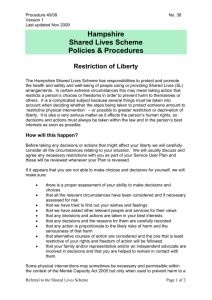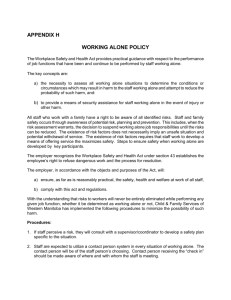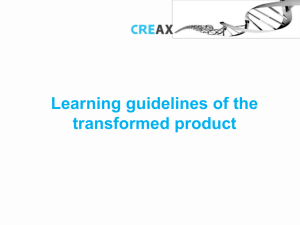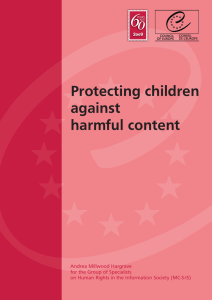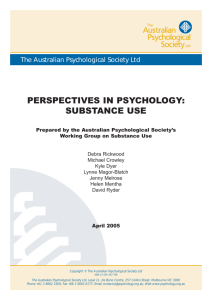Invoice template
advertisement
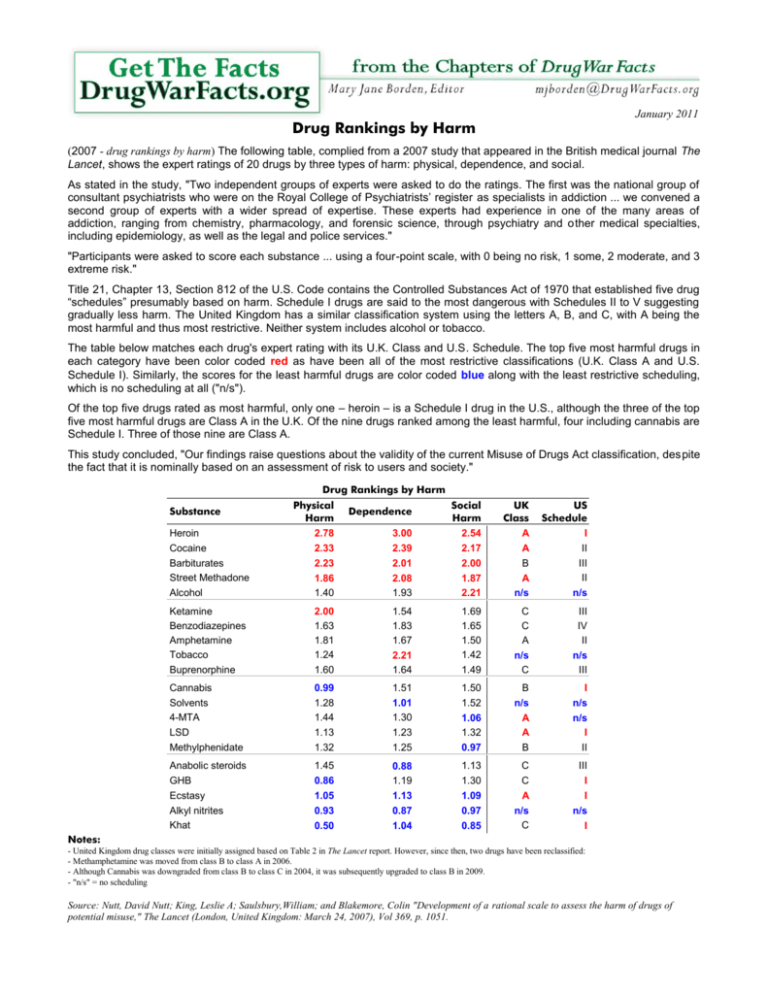
January 2011 Drug Rankings by Harm (2007 - drug rankings by harm) The following table, complied from a 2007 study that appeared in the British medical journal The Lancet, shows the expert ratings of 20 drugs by three types of harm: physical, dependence, and social. As stated in the study, "Two independent groups of experts were asked to do the ratings. The first was the national group of consultant psychiatrists who were on the Royal College of Psychiatrists’ register as specialists in addiction ... we convened a second group of experts with a wider spread of expertise. These experts had experience in one of the many areas of addiction, ranging from chemistry, pharmacology, and forensic science, through psychiatry and other medical specialties, including epidemiology, as well as the legal and police services." "Participants were asked to score each substance ... using a four-point scale, with 0 being no risk, 1 some, 2 moderate, and 3 extreme risk." Title 21, Chapter 13, Section 812 of the U.S. Code contains the Controlled Substances Act of 1970 that established five drug “schedules” presumably based on harm. Schedule I drugs are said to the most dangerous with Schedules II to V suggesting gradually less harm. The United Kingdom has a similar classification system using the letters A, B, and C, with A being the most harmful and thus most restrictive. Neither system includes alcohol or tobacco. The table below matches each drug's expert rating with its U.K. Class and U.S. Schedule. The top five most harmful drugs in each category have been color coded red as have been all of the most restrictive classifications (U.K. Class A and U.S. Schedule I). Similarly, the scores for the least harmful drugs are color coded blue along with the least restrictive scheduling, which is no scheduling at all ("n/s"). Of the top five drugs rated as most harmful, only one – heroin – is a Schedule I drug in the U.S., although the three of the top five most harmful drugs are Class A in the U.K. Of the nine drugs ranked among the least harmful, four including cannabis are Schedule I. Three of those nine are Class A. This study concluded, "Our findings raise questions about the validity of the current Misuse of Drugs Act classification, despite the fact that it is nominally based on an assessment of risk to users and society." Drug Rankings by Harm Physical Harm Dependence Social Harm UK Class US Schedule Heroin Cocaine Barbiturates Street Methadone Alcohol 2.78 2.33 2.23 1.86 1.40 3.00 2.39 2.01 2.08 1.93 2.54 2.17 2.00 1.87 2.21 A A B A n/s I II III II n/s Ketamine Benzodiazepines Amphetamine Tobacco Buprenorphine 2.00 1.63 1.81 1.24 1.60 1.54 1.83 1.67 2.21 1.64 1.69 1.65 1.50 1.42 1.49 C C A n/s C III IV II n/s III Cannabis Solvents 4-MTA LSD Methylphenidate 0.99 1.28 1.44 1.13 1.32 1.51 1.01 1.30 1.23 1.25 1.50 1.52 1.06 1.32 0.97 B n/s A A B I n/s n/s I II Anabolic steroids GHB Ecstasy Alkyl nitrites Khat 1.45 0.86 1.05 0.93 0.50 0.88 1.19 1.13 0.87 1.04 1.13 1.30 1.09 0.97 0.85 C C A n/s C III I I n/s I Substance Notes: - United Kingdom drug classes were initially assigned based on Table 2 in The Lancet report. However, since then, two drugs have been reclassified: - Methamphetamine was moved from class B to class A in 2006. - Although Cannabis was downgraded from class B to class C in 2004, it was subsequently upgraded to class B in 2009. - "n/s" = no scheduling Source: Nutt, David Nutt; King, Leslie A; Saulsbury,William; and Blakemore, Colin "Development of a rational scale to assess the harm of drugs of potential misuse," The Lancet (London, United Kingdom: March 24, 2007), Vol 369, p. 1051.


